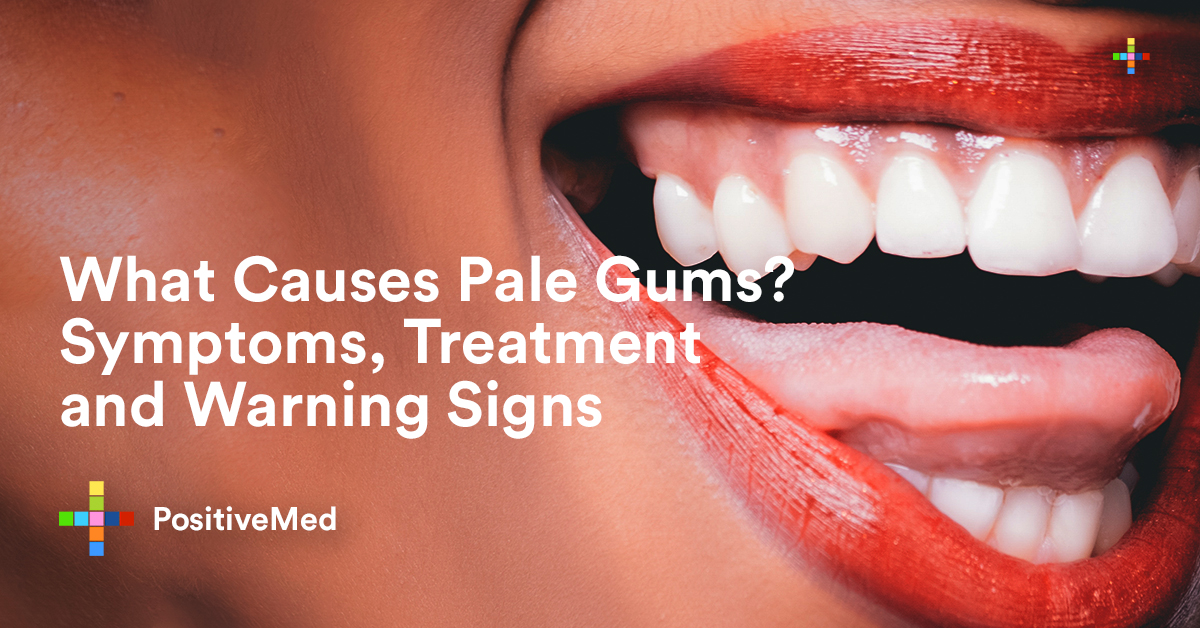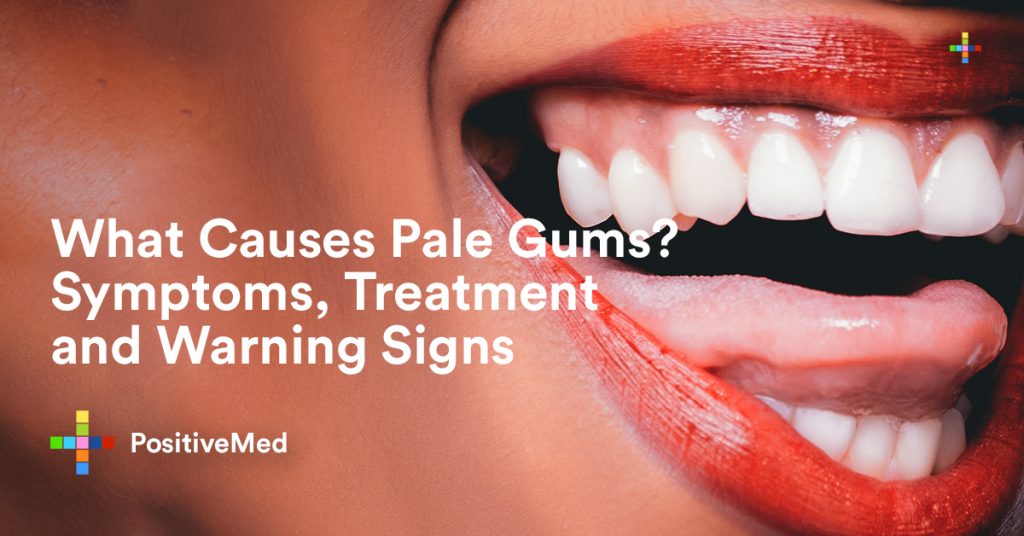Usually, healthy gums are light pink around the teeth and darker around the mouth. Sometimes you may notice pale gums which is an indication of a serious health problem. In other more serious cases, the gum may turn white and painful.
Causes and Symptoms
Here are some of the causes, symptoms and treatments of pale gums.
Anemia
Anemia occurs when your body has no enough healthy oxygen-rich red blood cells. When the body tissues and organs don’t receive enough oxygen they turn pale.Besides pale gums, if you have anemia, the following symptoms can also be noticed:
Yellowish or pale eyes and skin
Headaches
Weakness and fatigue
Shortness of breath
Cold feet and hands
Dizziness

Anemia is caused by lack of enough iron, vitamin b-12, and folate. Other possible causes include liver and spleen disorder, excessive bleeding, genetic disorders, pregnancy, and hypothyroidism.
Some medications, especially those of chemotherapy increases the risk having anemia. You can also develop the condition if you take much of nonsteroidal anti-inflammatory drugs that lead to internal bleeding.
The treatment will depend on the underlying cause. You can take iron supplement pills for at least 6 months. When the heavy periods are responsible, hormone medications can be taken to lighten the menstruation. It can also benefit you by taking food rich in iron such as fortified cereals and dark leafy greens.
Avoid foods that interfere with iron absorption in the body such as alcohol, dairy products, tea, and coffee.
Leukoplakia
Leukoplakia refers to uniform, thin, and white patches that develop inside the mouth and on the gums. It is hard to scrub off the spots. The exact cause is not known, but it is common to those who smoke, take alcohol or have poor oral hygiene.
Leukoplakia is harmless, but it can be cancerous, particularly when it has both white and red spots. Tell your doctor about any strange colors or spots in your mouth and the patches may be surgically removed.
Menopause
Menopause causes hormonal changes leading to a decrease in the blood flow. This makes the gums to become dry and pale. In some cases it may lead to a condition called menopausal gingivostamatitis that leads to pale, dry gums that can bleed.
Hormonal therapies can treat this condition.
Oral Lichen Planus
If you have oral lichen planus, a web-like film, raised white threads grow on the mucus membrane of the gum.If the oral lichen planus is as a result of ulcers or open sores, can be treated using systematic steroids or corticosteroids.
Conclusion
The normal color of gums varies from one person to another. When you notice a change in the color of your gum, see your doctor to rule out anemia and other serious underlying conditions.
The easiest way to have your gum healthy is to practice good oral hygiene. Eat a healthy, balanced diet, such as grains, fruits, and vegetables. The diet should also be rich in iron.








